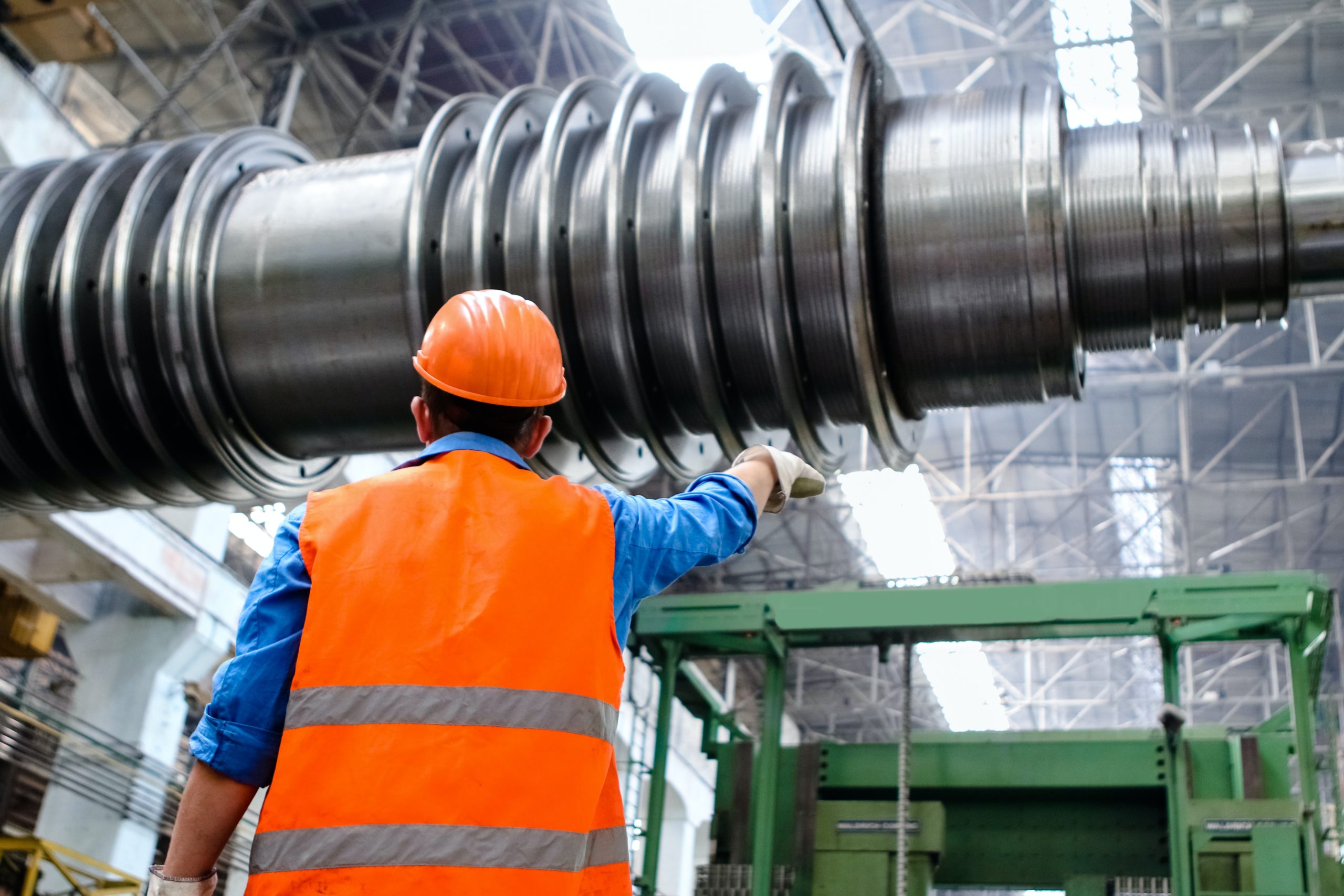
Do You Want to Improve Productivity In Your Manufacturing Business
Time is money, as the old saying goes. Isn’t it true that the more production you can squeeze out in a certain amount of time, the more money you make? However, if you have been having trouble increasing output or even if everything is running smoothly, there are several things you can do to boost productivity without losing quality, ranging from removing impediments to restructuring your workflow.
Here, we look at some of the steps that you can take to improve productivity in your manufacturing business.
Assess your current workflow
You won’t know what can be changed until you understand how things now work. Three sections include crucial information that will assist you in identifying necessary modifications.
- The workforce: Do you have the appropriate teams in the right places with the correct skills? Is there someone in charge of keeping the pathway visible and on trajectory? Are your goals well-defined, attainable, and safe?
- The processes: When was the last time you did a flow chart? Have you ever evaluated process improvement projects using value stream mapping? Where are the obstacles and trouble points?
- The equipment: Is all of your equipment in good working order? Is the technology you are using suitable for your needs? How simple is it to make production changes?
Understand how everything works today before making any modifications. The adage “If it ain’t broke, don’t fix it” still holds true. Unless you have a compelling financial or safety motive to make a change, consider the value of the predicted outcome.
Update the technology and processes
After evaluating and mapping your current workflow, start looking for places where procedures and/or technology could be improved. Workarounds may have been implemented to processes that have been in existence for a long period as new equipment was installed or production methods altered. Consider the total cost of ownership and how it will influence the bottom line when evaluating new technology and equipment.
If the total cost of ownership is lower than the technology or process you are replacing, and it addresses an issue like clearing a production bottleneck or reducing waste, a high initial cost is justified.
In some situations, outsourcing particular elements are also worth looking at to avoid buying the equipment to do it yourself, such as high-volume production using 3d printing.
Make sure your employees are up to date in their training
Employee training and education is a continuous activity. Certain types of training, such as daily safety training for all staff using safety gear, are required in several industries. In addition, to get the most out of new equipment and technology, you will need to invest in training. Employee education is also a good retention strategy because new staff learns the ropes, slowing down production.
Don’t just focus on equipment when it comes to training and education. If everyone in your manufacturing facility understands your policies on workplace discrimination and proper communication, things will flow more smoothly.






